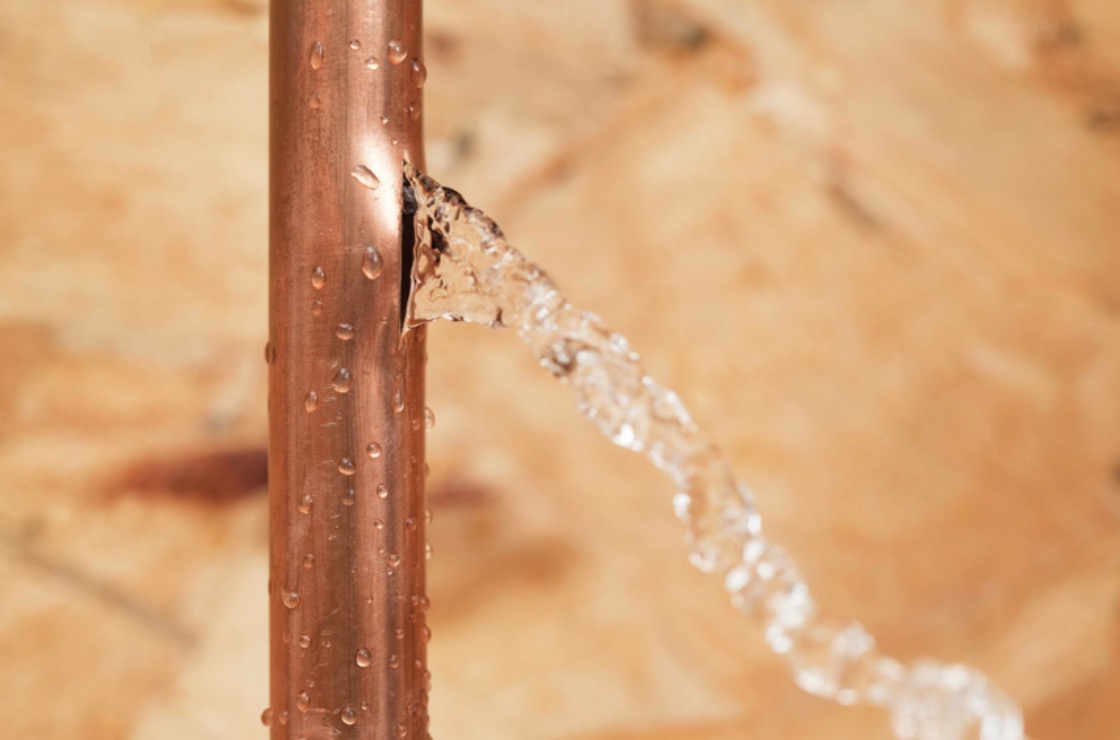Pinpoint Why Water Seepage in The Residence
Pinpoint Why Water Seepage in The Residence
Blog Article
They are making a few good observations related to How to Find Water Leaks overall in this great article directly below.

Leakages not just cause waste of water yet can likewise trigger unnecessary damage to your house and also advertise unwanted natural development. Sadly, water leakages may go undetected because the majority of the pipework in our house is hidden. By looking as well as understanding for daily scenarios that trigger leaks, you can shield your house from future leaks as well as unneeded damages. Today, we will certainly check out six leak causes that may be causing your pipes to trickle.
Elbowing in roots
Many water leaks begin outside the house instead than inside it. You may discover damp spots or sinkholes in your yard, as well as that might suggest that tree roots are getting into water lines creating water to seep out.
Rusty water systems
As time passes by, your plumbing system ages as well as deterioration such as rust might start gnawing the pipelines. This may be the root cause of discoloration or bending on your water pipes. This requires an assessment with your plumber promptly. Take into consideration replacing the pipes considering that they are at a greater danger of rust than the more recent models if our plumbing system is old.
Faulty Pipe Joints
The point at which your pipes attach is often the weakest link in the waterline. Pipeline joints can degrade in time, leading to water leakages. Regrettably, most of pipe joints are not quickly visible. If you have loud pipelines that make ticking or banging noises, especially when the warm water is activated, your pipeline joints are most likely under a lot of stress. It is a good idea to have your plumber check your system yearly.
Immediate temperature level modifications.
Extreme temperature adjustments in our pipelines can trigger them to increase and acquire suddenly. This development and contraction may trigger fractures in the pipes, specifically if the temperature level are below freezing. It would be best if you kept an eye on how your plumbing works. The presence of the previously mentioned situations frequently indicates a high threat.
Poor Water Connectors
At times, a leak can be triggered by loosened hose pipes as well as pipelines that supply your home appliances. In instance of a water connections leakage, you may see water running straight from the supply line or puddles around your appliances.
Obstructed Drains
Clogged drains pipes could be frustrating and also inconveniencing, but they can occasionally end up creating an overflow bring about break pipes. Keep removing any type of materials that may drop your drains that might clog them to avoid such inconveniences.
All the above are root causes of leakages but not all water leaks arise from plumbing leaks; some leakages may originate from roof covering leakages. All leakages ought to be repaired promptly to stay clear of water damage.
Leaks not just cause waste of water however can additionally cause unneeded damage to your house and also promote undesirable natural development. By looking and also recognizing for daily circumstances that cause leaks, you can shield your house from future leaks and also unneeded damages. Today, we will look at six leak causes that may be creating your pipes to leak.
At times, a leakage can be triggered by loosened hose pipes and also pipelines that supply your home appliances. In case of a water links leak, you might observe water running straight from the supply line or puddles around your home appliances.
How To Check For Water Leak In Your Home
How To Check for Leaks
The average household's leaks can account for nearly 10,000 gallons of water wasted every year and ten percent of homes have leaks that waste 90 gallons or more per day. Common types of leaks found in the home are worn toilet flappers, dripping faucets, and other leaking valves. These types of leaks are often easy to fix, requiring only a few tools and hardware that can pay for themselves in water savings. Fixing easily corrected household water leaks can save homeowners about 10 percent on their water bills.
To check for leaks in your home, you first need to determine whether you're wasting water and then identify the source of the leak. Here are some tips for finding leaks:
Take a look at your water usage during a colder month, such as January or February. If a family of four exceeds 12,000 gallons per month, there are serious leaks.
Check your water meter before and after a two-hour period when no water is being used. If the meter changes at all, you probably have a leak.
Identify toilet leaks by placing a drop of food coloring in the toilet tank. If any color shows up in the bowl after 10 minutes, you have a leak. (Be sure to flush immediately after the experiment to avoid staining the tank.)
Examine faucet gaskets and pipe fittings for any water on the outside of the pipe to check for surface leaks.
Undetected water leaks can happen without the home or business owner even realizing. If you suspect a water leak, but not able to find the source. It is time to contact a professional water leak detection service, The Leak Doctor.
How To Find a Water Leak In Your Home
https://www.leakdoctor.com/blog/How-To-Check-For-Water-Leak-In-Your-Home_AE197.html

I stumbled upon that post about How to Find Water Leaks when surfing the web. If you appreciated our blog entry kindly make sure you remember to pass it around. Thanks for your time spent reading it.
No more leaks, call us! Report this page